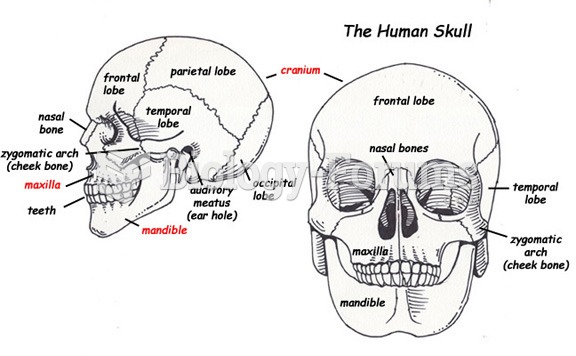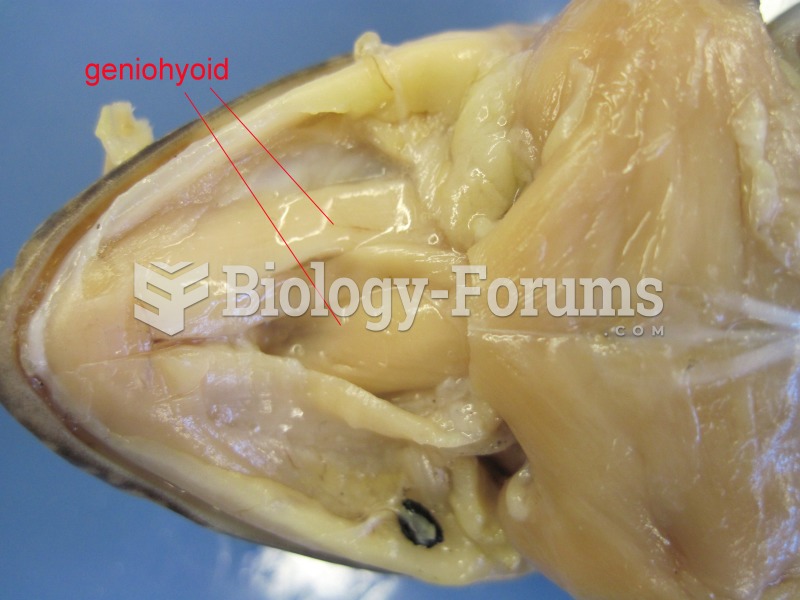|
|
|
As the western states of America were settled, pioneers often had to drink rancid water from ponds and other sources. This often resulted in chronic diarrhea, causing many cases of dehydration and death that could have been avoided if clean water had been available.
Although puberty usually occurs in the early teenage years, the world's youngest parents were two Chinese children who had their first baby when they were 8 and 9 years of age.
Egg cells are about the size of a grain of sand. They are formed inside of a female's ovaries before she is even born.
In the United States, an estimated 50 million unnecessary antibiotics are prescribed for viral respiratory infections.
The Romans did not use numerals to indicate fractions but instead used words to indicate parts of a whole.







